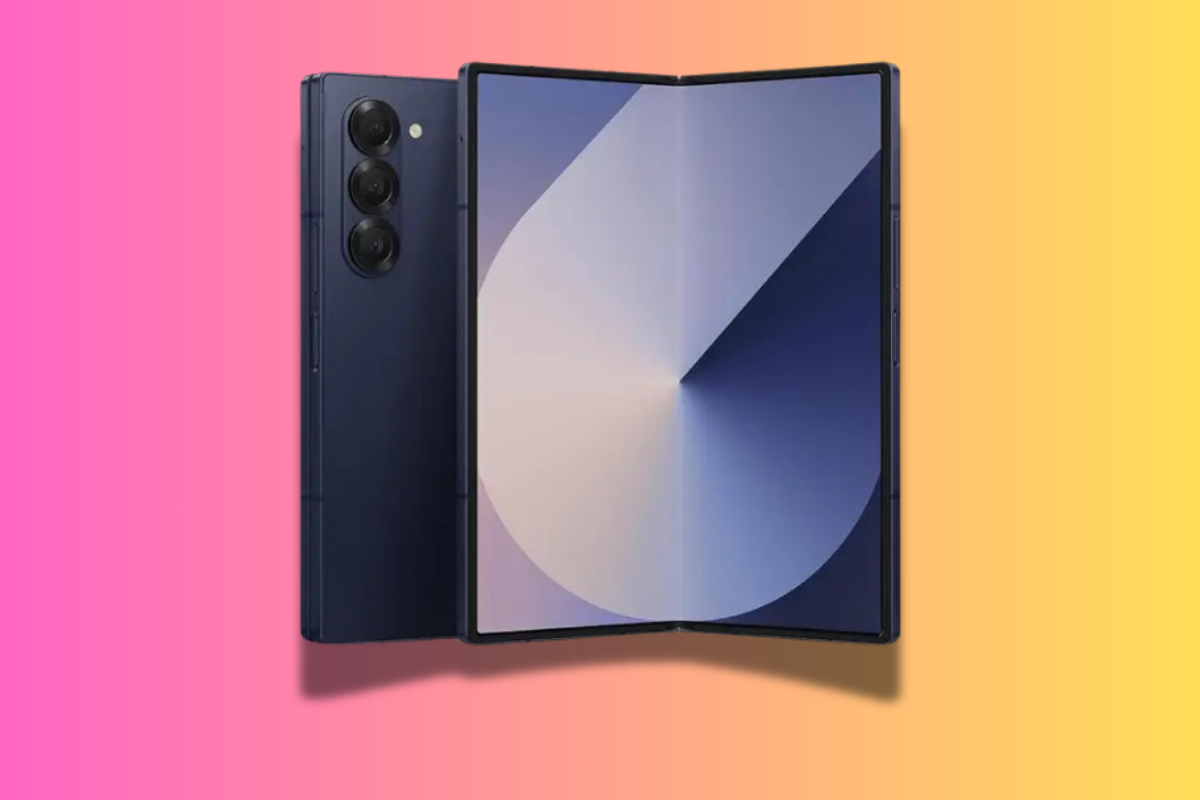In this guide, we’ll show you A) how to quickly set up Apple Pay, B) what Apple Pay can do, and C) how to get the most out of it…
🍏 TL;DR: Apple Pay Essentials 📱
What is Apple Pay? 🤳
- Works On: iPhones, iPads, Macs, Apple Watches.
- How It Works: Stores card details, pay by holding your device near payment terminals or selecting ‘PAY WITH APPLE PAY’ online.
- Over 85% of the US’ major retailers and stores support Apple Pay.
Why Use Apple Pay? 💳
- Secure: Uses encryption for personal and financial info protection.
- Convenient: No need for physical cards or cash.
- Versatile: Useable in stores, apps, and websites.
Setting Up Apple Pay 🔧
- Check Compatibility: Available on iPhone 6 and later, various iPads, and Apple Watch.
- Add Card: Go to Wallet app, tap “+”, follow instructions to add your card.
- Verify Card: May need additional info for bank verification.
- Set Up Touch ID/Face ID: For faster payments.
- Start Using: Pay away at participating outlets and online.
Apple Pay is one of the most popular digital payment platforms on the market. Used by tens of millions of people all over the world, Apple Pay processes literally billions of transactions each and every day. Apple Pay is secure, super-useful, and very easy to setup.
With Apple Pay set up on your iPhone, you can make payments using your iPhone when you’re out and about. You can also use Apple Pay to make payments online as well and it’ll even fill in your address details too.
In this article, we’ll take a detailed look at how to set up Apple Pay and start using it on your iPhone.
What is Apple Pay?
![How to Set Up Apple Pay: A Complete Guide [2023 Edition] How to Remove a Card from Apple Pay](https://www.knowyourmobile.com/wp-content/uploads/2023/05/How-to-Remove-a-Card-from-Apple-Pay.jpg)
Available on iPhones, iPads, Macs, and Apple Watches, Apple Pay works by storing your credit or debit card details on your device, allowing you to make payments by simply holding your device near a compatible payment terminal.
Or, in the case of Apple’s Macs, when you’re browsing online. To use Apple Pay to make payments, simply select the PAY WITH APPLE PAY option when you’re checking out.
Why Use Apple Pay / Apple Pay Benefits?
Firstly, it is a secure way to make payments, as it uses seriously advanced encryption technology to protect your personal and financial information.
“Security and privacy is at the core of Apple Pay. When you’re using Apple Pay in a store, restaurant or other merchant, cashiers will no longer see your name, credit card number or security code, helping to reduce the potential for fraud,” said Eddy Cue, Apple’s senior vice president of Internet Software and Services.
“Apple doesn’t collect your purchase history, so we don’t know what you bought, where you bought it or how much you paid for it. And if your iPhone is lost or stolen, you can use Find My iPhone to quickly suspend payments from that device.”
Secondly, it is a convenient way to make payments, as you don’t need to carry around physical cards or cash and loads of places now support Apple Pay.
Setting Up Apple Pay
To start using Apple Pay, you’ll need to set it up on your device. Here’s how to do it:
- Check that your device is compatible with Apple Pay: Apple Pay is available on iPhone 6 and later, iPad Pro, iPad Air 2 and later, iPad mini 3 and later, and Apple Watch.
- Add your credit or debit card to Apple Pay: To do this, go to the Wallet app on your device, tap the “+” button, and follow the on-screen instructions to add your card.
- Verify your card: Depending on your bank, you may be asked to verify your card by providing additional information.
- Set up Touch ID or Face ID: If your device supports Touch ID or Face ID, you can set it up to make payments more quickly and easily.
- Start using Apple Pay: Once you’ve set up your card, you can start using Apple Pay to make payments at participating stores, apps, and websites.
Using Apple Pay
Now that you’ve set up Apple Pay, let’s take a look at how to use it for your transactions.
- Paying in stores: To pay in a store using Apple Pay, hold your device near the contactless payment terminal and follow the on-screen instructions.
- Paying in apps: To pay in an app using Apple Pay, select the Apple Pay option at checkout and follow the on-screen instructions.
- Paying on websites: To pay on a website using Apple Pay, select the Apple Pay button at checkout and follow the on-screen instructions.
You should also keep in mind that there are limits on how much you can pay using Apple Pay, and these limits vary on a country-by-country basis.
Tips for Using Apple Pay
![How to Set Up Apple Pay: A Complete Guide [2023 Edition] How to Set Up Apple Pay](https://www.knowyourmobile.com/wp-content/uploads/2023/05/How-to-Set-Up-Apple-Pay.jpg)
Here are some tips to help you get the most out of Apple Pay:
1. Juice Up Your Device
- What’s Needed? A charged, powered-on device.
- Why? No battery, no Apple Pay. Simple as that. It’s like trying to drive a car without gas. So, always keep your phone or Apple Watch charged up. Think of it as feeding your digital wallet.
2. Scout for Apple Pay Friendly Zones
- What to Do? Check if the store accepts Apple Pay.
- Why? Not every store is on the Apple Pay bandwagon yet. Save yourself the awkward dance at the checkout by checking for the Apple Pay logo or just asking upfront. It’s like knowing which gas station has the best snacks – always good to know in advance!
3. Eye on the Prize: The Payment Amount
- The Key? Verify the amount before you pay.
- Why? Accidents happen. Maybe they add an extra zero, or you’re charged for that extra shot of espresso you didn’t order. Always double-check the amount. It’s like proofreading an important email – better safe than sorry.
4. Update Your Card Arsenal
- What’s Crucial? Keeping your card details current in the Wallet app.
- Why? Got a new card? Don’t forget to update it in your Apple Pay. An outdated card is like an expired coupon – not going to do you much good. Stay on top of it to keep your checkout process as smooth as silk.
FAQs: All Things Apple Pay and Apple Wallet
1. Can Someone Use My Apple Pay Without My Phone?
- Short Answer: Highly unlikely.
- Details: To use Apple Pay, one needs your device and either your Face ID, Touch ID, or passcode. So, unless someone has access to both your phone and your security details, they can’t use your Apple Pay. It’s like having a safe that only opens with your fingerprint and a secret code.
2. How Do I Set Up Apple Pay Without a Card?
- Short Answer: You need at least a supported card.
- Details: To use Apple Pay, you must add a credit, debit, or prepaid card to your Wallet app. If you don’t have a physical card, some banks allow you to add a virtual card via their banking app. It’s like needing a ticket to ride a train – no ticket, no journey.
3. What Cards Can Go on Apple Wallet?
- Short Answer: Various types.
- Details: Apple Wallet accepts credit, debit, and prepaid cards from most major banks and card issuers. Additionally, you can add store cards, loyalty cards, boarding passes, movie tickets, and more. It’s like a versatile purse that holds more than just your cash.
4. Does Apple Accept Debit Card?
- Short Answer: Yes, indeed.
- Details: Apple Pay supports most major debit cards. So, you can link your debit card to your Apple Wallet and use it for transactions wherever Apple Pay is accepted. It’s like having a digital version of your physical debit card.


